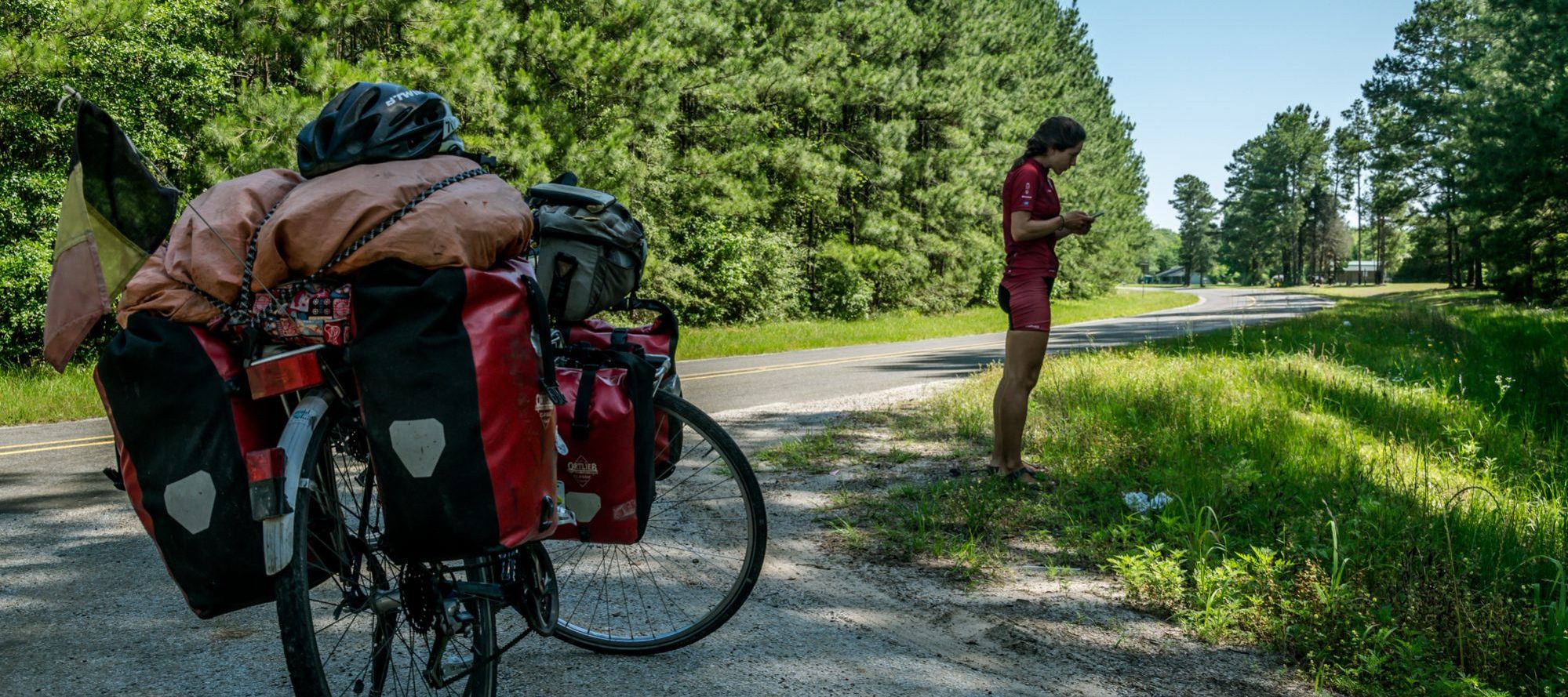Counting single-use and packaging waste along public roads.
Are you exploring the world and do you want to contribute at the same time to make a difference? Help to collect data and protect the roads you travel!
After cycling 15,000 kilometers along road waste, grieving and nagging about it, we finally set up an open data collection project. Together with adventurers around the world, we collect data about litter. Focused on single-use and packaging waste. All data together gives a representative picture of litter in a region or country. As an adventurer you not only count, but you can also think, and together we can open ways to effective solutions. Contribute to this project with your adventure because together we can make the difference.
Why count and observe litter?
Data is the powerful tool to get people moving. Data is science, knowledge, and with knowledge we can bring change. Litter is a major problem, but is hardly made transparent. With this project we can not only show that change is needed, but also pick out the biggest causes of the problem. Observation offers valuable information about factors surrounding litter. All knowledge together is the basis for solutions, a powerful weapon against pollution.
What do you do as an adventurous road waste data collector?
- During your adventure you make time for nature protection by counting waste.
- During your journey you use your experience to observe cultures, customs and actions that are related to litter problems
- You contribute by thinking in solutions and sharing them
Join!
- Download the count format.
- Read the "know how" and view the format.
- Choose a sight, the location of your count. You determine where and when you do a count. Every day, several times a day, twice a week or once a month. It would be ideal to maintain at least a constant of twice a week and to have collected at least three counts per country. Do not try to "choose your spot" based on the amount of waste. A sight is 50 meters along a road. A road where motor traffic can come.
- Do a count. A count takes between 5-20 minutes, depending on the amount of waste and whether you are a beginner. Save your data. Open a new format with a new count.
- (Now that you count, you may also have time and space to take the waste away).
- Send the data to zoe@weleaf.nl Preferably a number of sets at the same time.
What do you help with?
To the awareness that is needed to make people active for change. Your counts are added to a database that displays counts around the world. The data shows the differences in litter per country and per plastic. Our aim is to open ways to effective solutions that improve the use of single use and packaging waste. A first goal we set is to know of all countries in the database with at least 50 sights.
Everything starts small
Do you want to think about how this project can expand more effectively and efficiently. Gladly! Be sure to send an email and I will add you to our Whatsapp group. This project has only just begun and is ready to develop. Tips are very welcome.

KNOW HOW'S
What do you count and what do you not?
You count: single use and packaging waste. Single use products are products designed to be used once and then discarded. A package is the product that is designed to transport another product (mainly food).
You do not count: No waste other than single use waste or packaging waste. In short, no green waste, car waste or other dumpen toys etc.
How do I measure 50 meters?
The sight is 50 meters long and 3 meters wide on one side of the road. Take 50 steps of 1 meter from your starting point and work counting back to your starting point.
How do I choose a sight?
You are free to choose where and when you want to count. But, don't try to "choose” your spot based on the amount of waste. You count when you have free time and the location adjusts accordingly. If you like structure, then choose, for example, a time when you will take the measurement. This keeps the location "unelected".
Do I count broken waste?
Non-identifiable waste: not counted.
Identifiable waste is counted, even if it is a piece / part (broken) of waste. Suppose you only find the label of a bottle, then that is counted as a whole bottle. After all, the rest of the bottle lights somewhere else in nature.
Do I note the brand of a PET bottle?
Yes, you note the developer's name (brand). However, do this only for the plastic bottles, PET bottles. It is too much work to keep track of the brand of each piece of waste, so the focus is on PET bottles. This could be useful to chart how much 1 producer contributes to pollution. The producer could take more responsibility for his product or legislation (see Polly Higgins criminal law or ecocide) (criminal law of ecocide van Polly Higgins)


